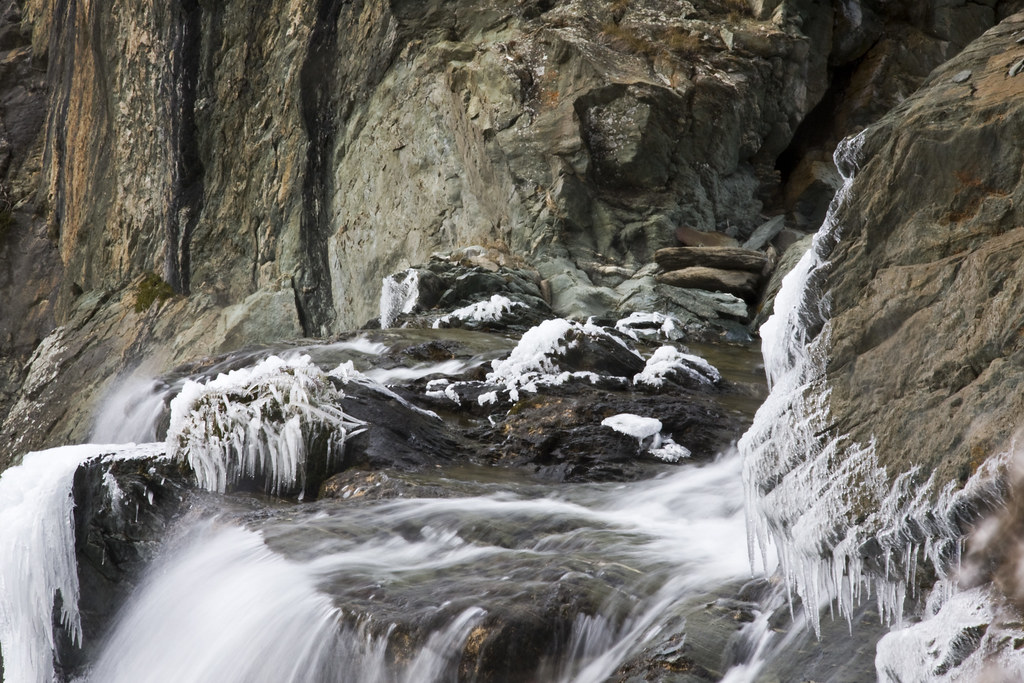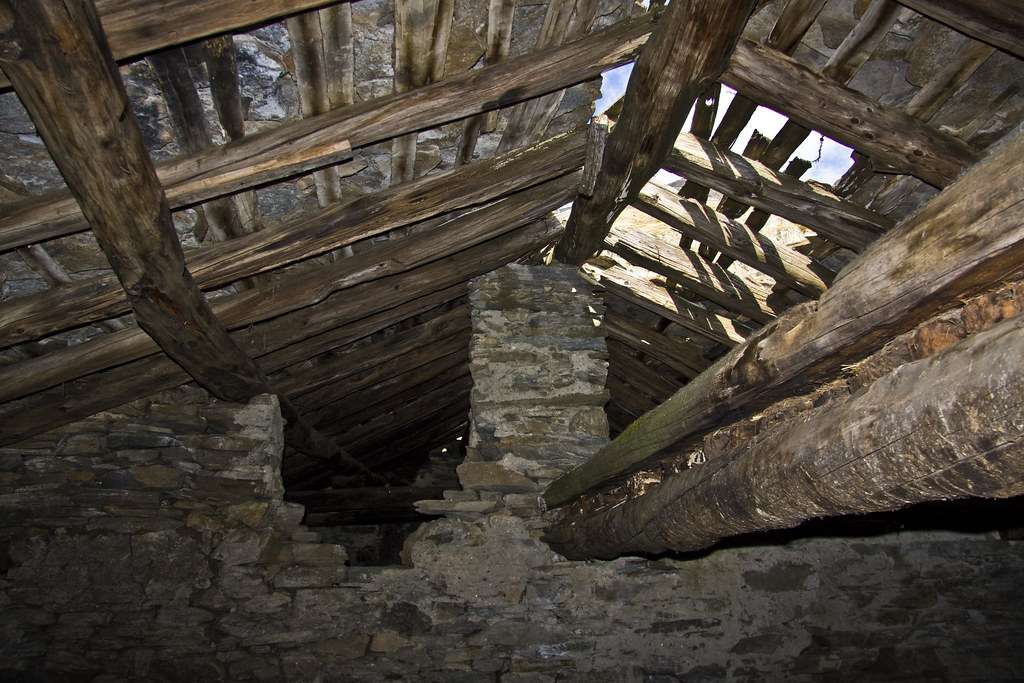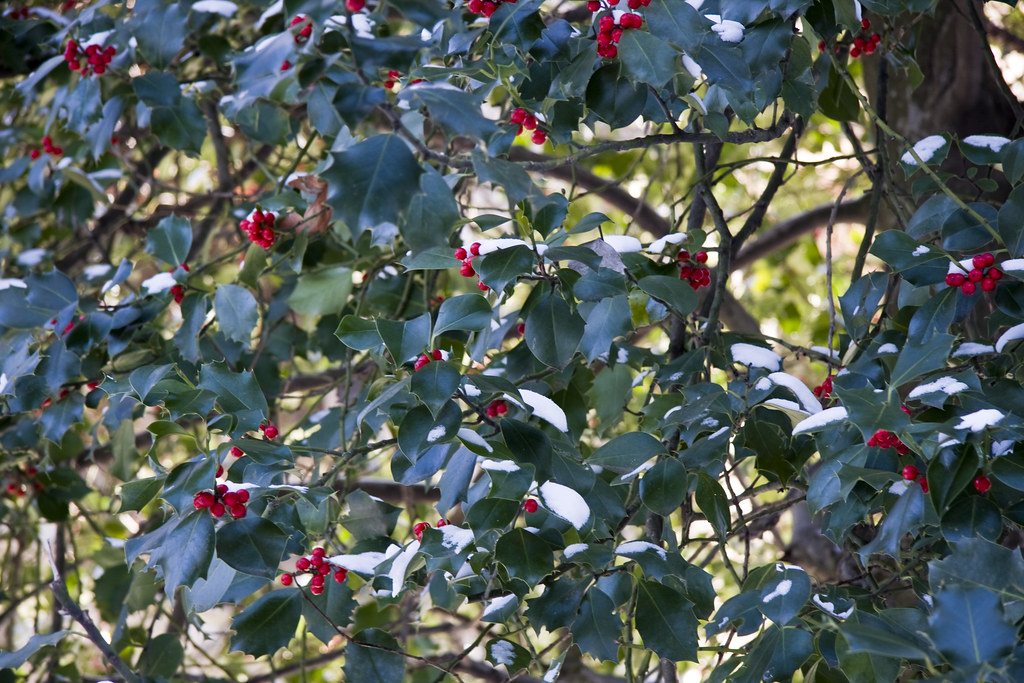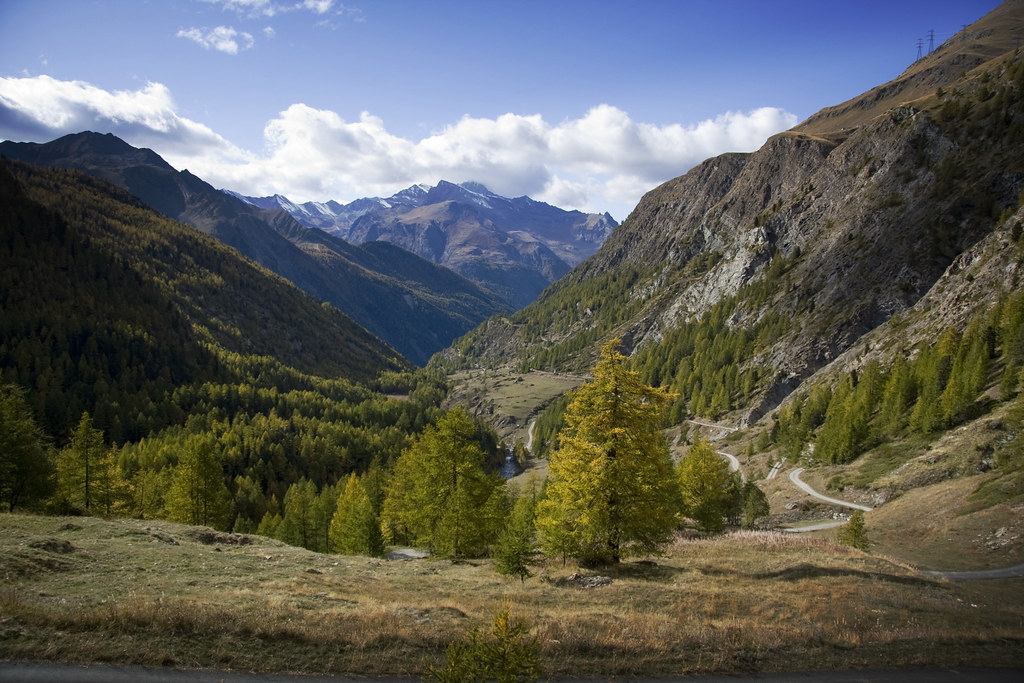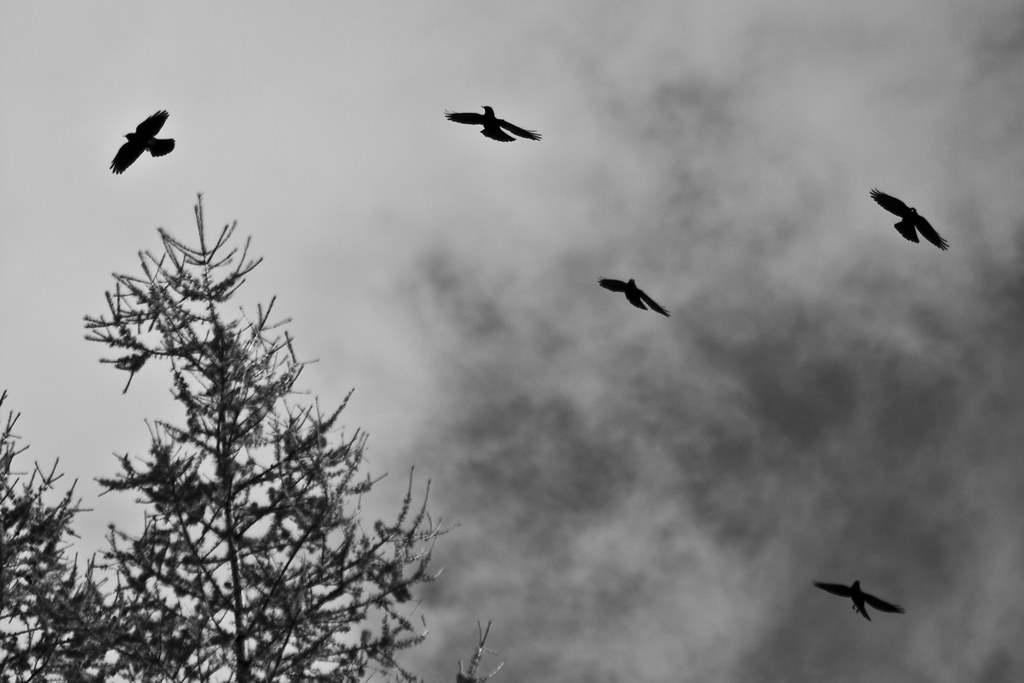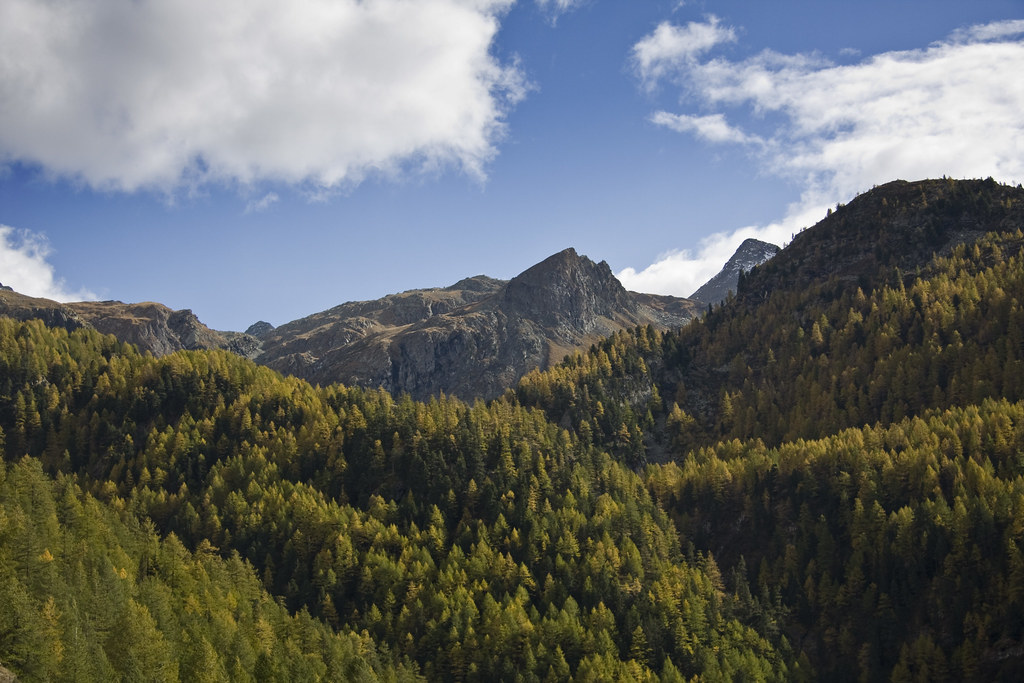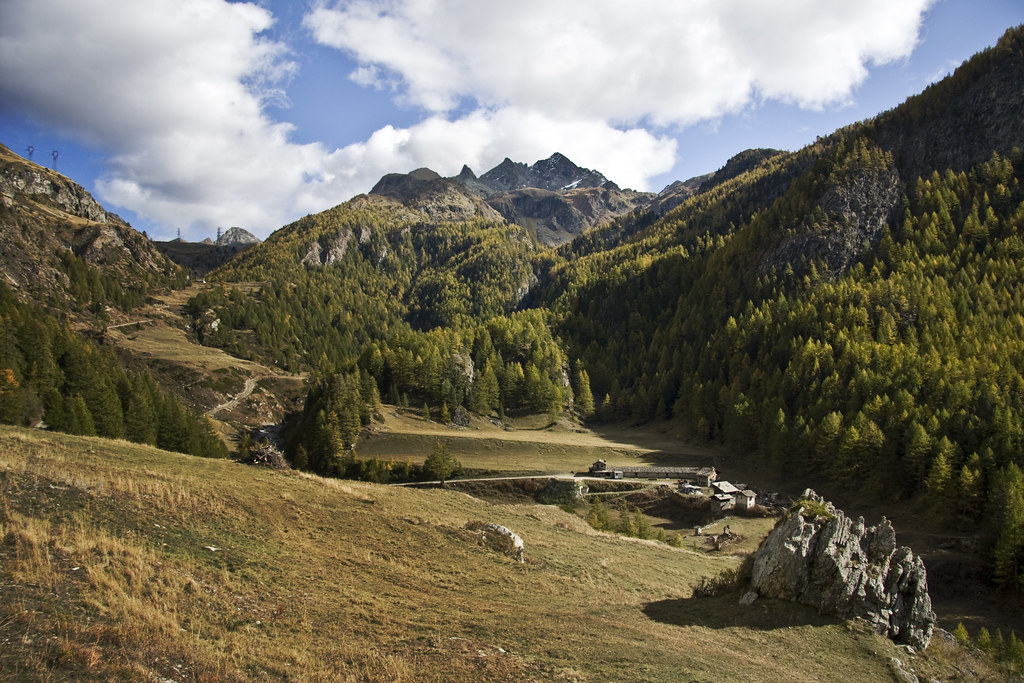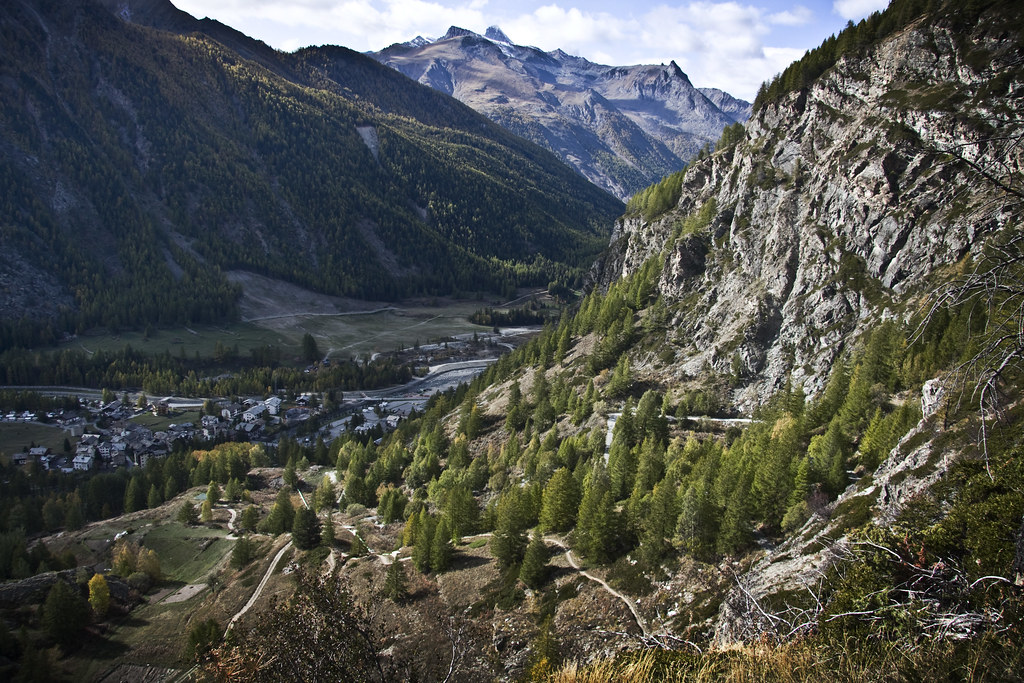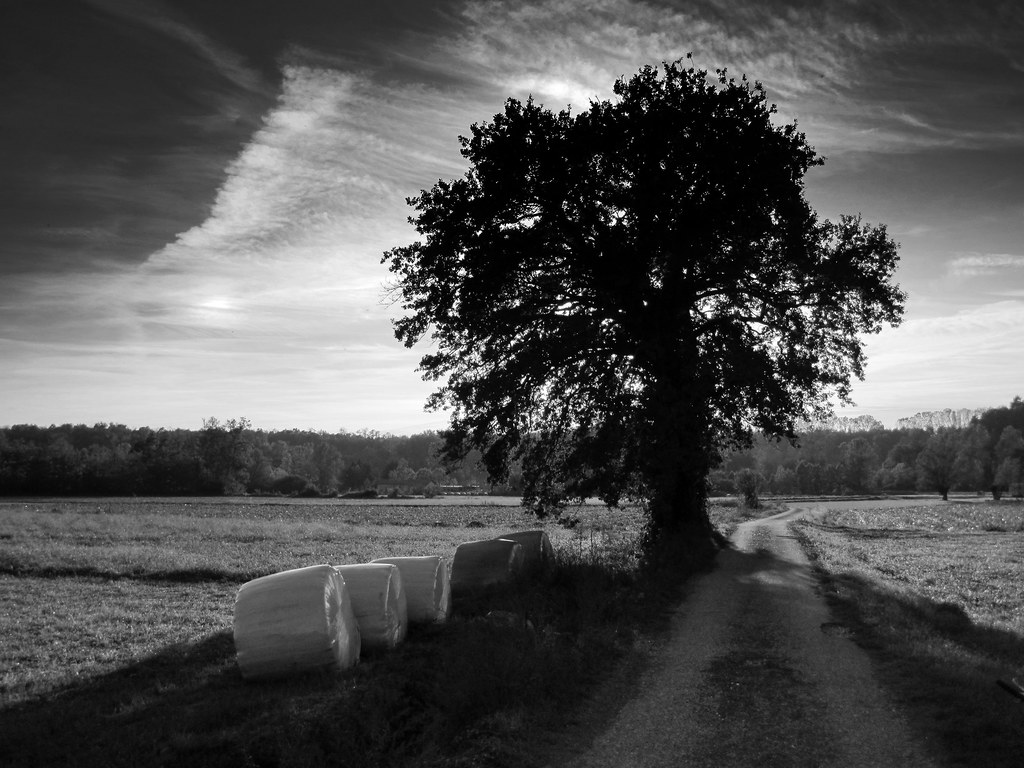
Thursday, December 31, 2009
Saturday, December 26, 2009
Friday, December 25, 2009
Wednesday, December 23, 2009
Tuesday, December 22, 2009
Sunday, December 20, 2009
Saturday, December 19, 2009
Larches
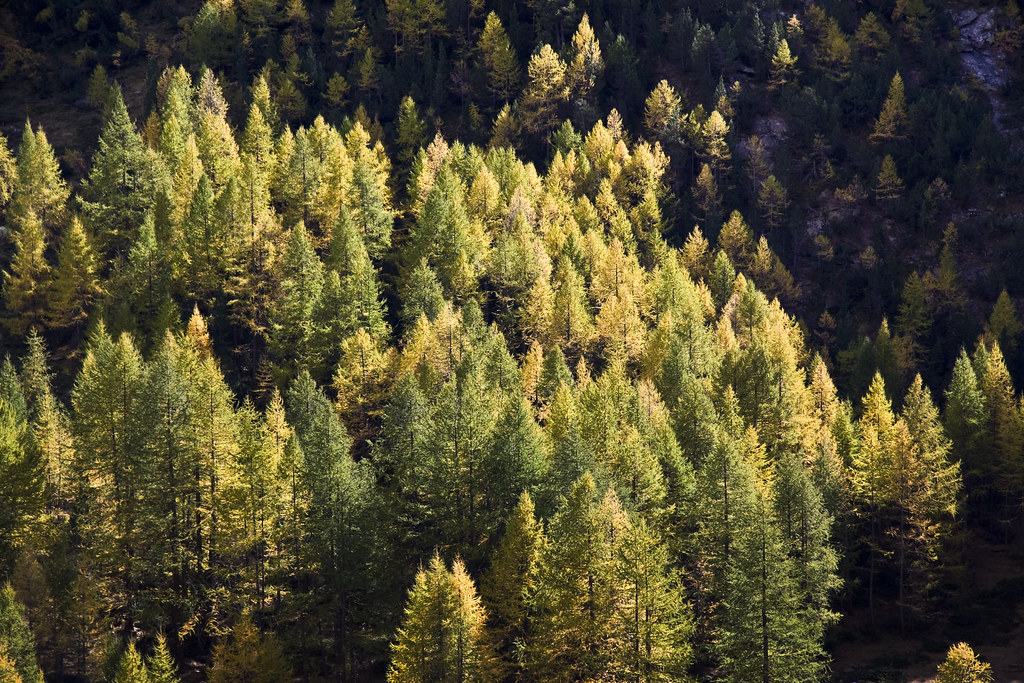

The Larch is essentially a mountain tree. It abounds on the Alps up to an altitude of 5,000 feet, and occurs on the Apennines and Carpathians, but is unknown in a wild state on the Pyrenees, or in the Spanish or Scandinavian peninsulas. It forms large woods in Russia, but is represented in Northern Asia by a variety (Larix sibirica), with smooth, gray bark, sometimes considered a distinct species.
Monday, December 14, 2009
Cogne (AO)
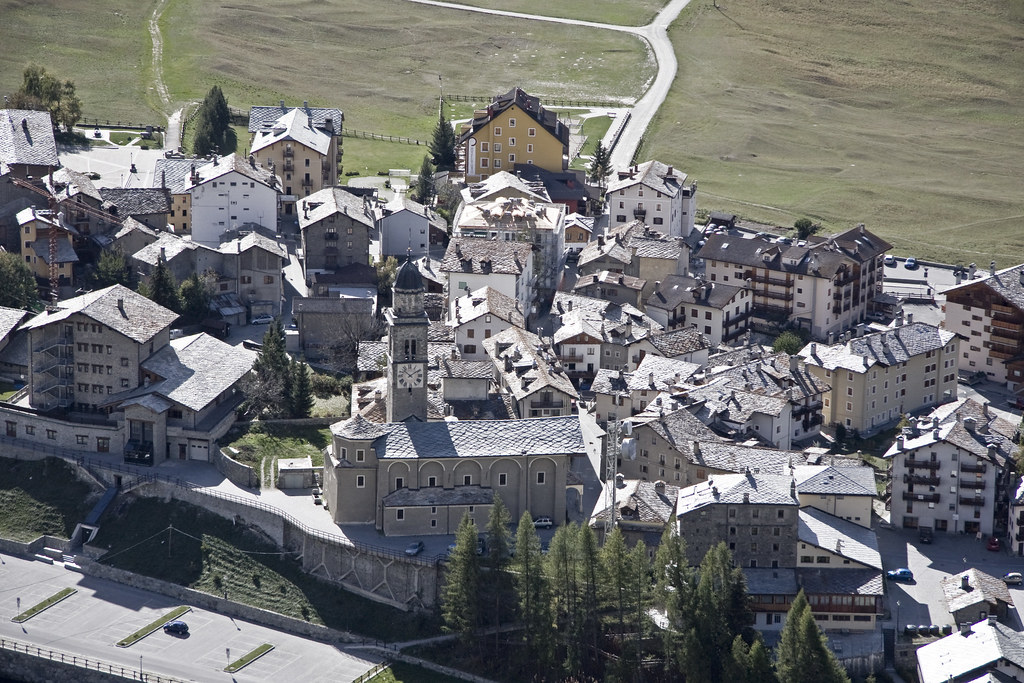
Cogne is a town and comune in Aosta Valley, northern Italy with 1469 inhabitants, as of 2005.Cogne is located in the valley with the same name, leading to the Gran Paradiso massif Ibex, wild goat, marmots, royal eagles are easy to see. Many walks and hikes of different level, to lakes, waterlfalls and other natural attraction.In the winter Cogne offers 70 km of cross country skiing, 9 km down hill, many walks on the snow and more than 140 icefalls.
Saturday, December 12, 2009
Salticidae
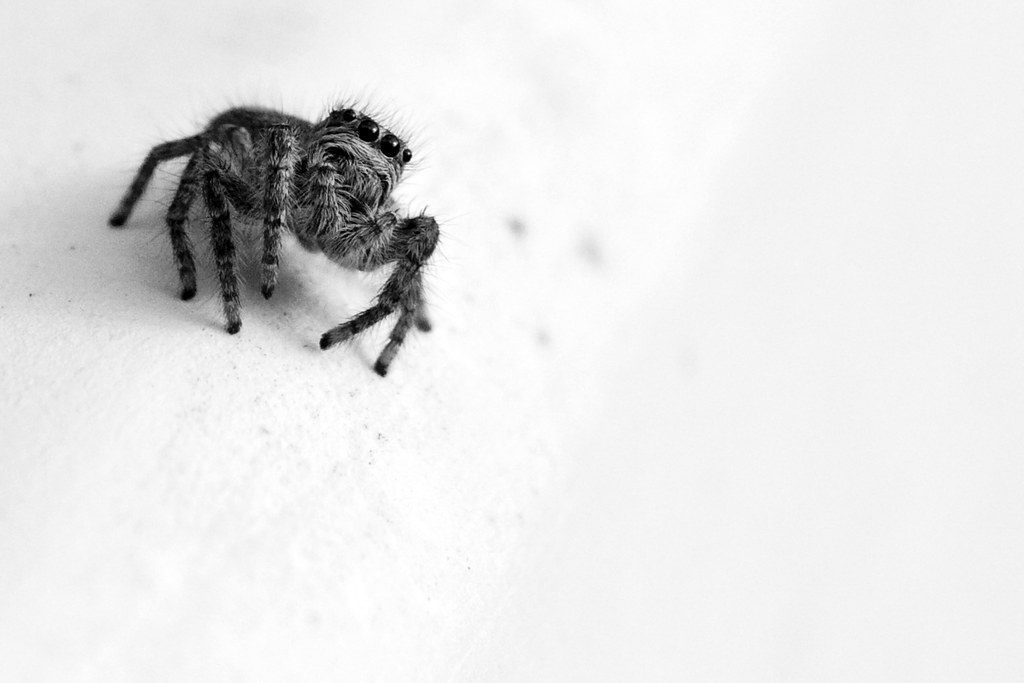
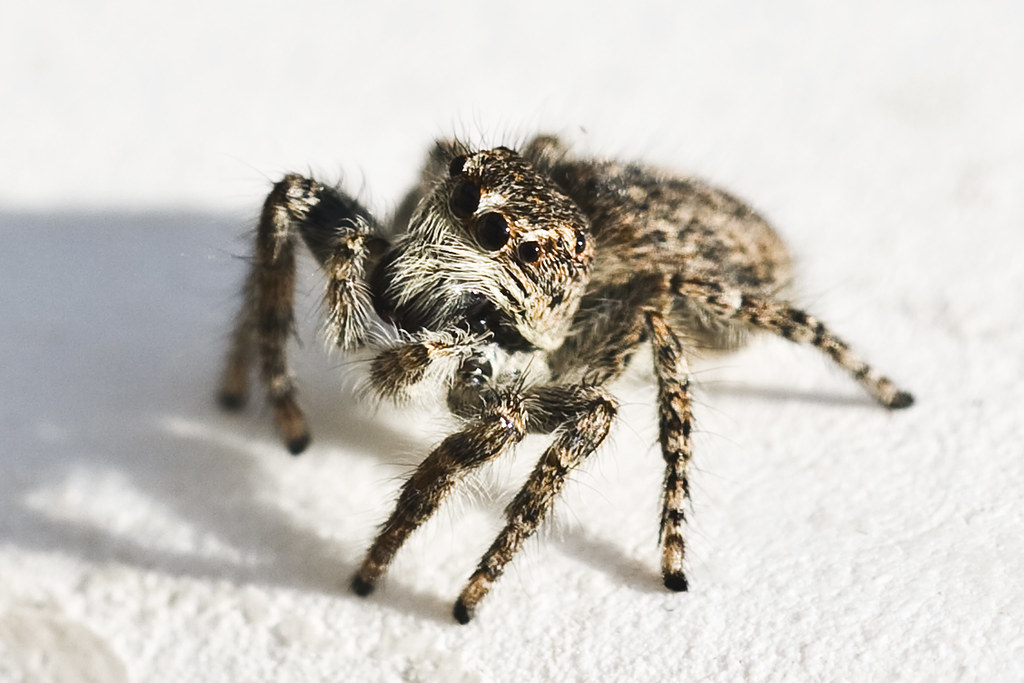
The jumping spider family (Salticidae) contains more than 500 described genera and about 5,000 described species,[2] making it the largest family of spiders with about 13% of all species.[3] Jumping spiders have good vision and use it for hunting and navigating. They are capable of jumping from place to place, secured by a silk tether. Both their book lungs and the tracheal system are well-developed, as they depend on both systems (bimodal breathing).
Friday, December 11, 2009
Hyla meridionalis

Hyla meridionalis (common names Mediterranean Tree Frog and Stripeless Tree Frog) is a species of frog. It resembles the common tree frog, but is larger (some females up to 65 millimetres (2.6 in)), has longer hindlegs, and the flank stripe only reaches to the front legs (often starting at the eyes, not at the nostrils). The croaking resembles that of the common tree frog, but it is deeper and slower.
Thursday, December 10, 2009
Mesembryanthemum
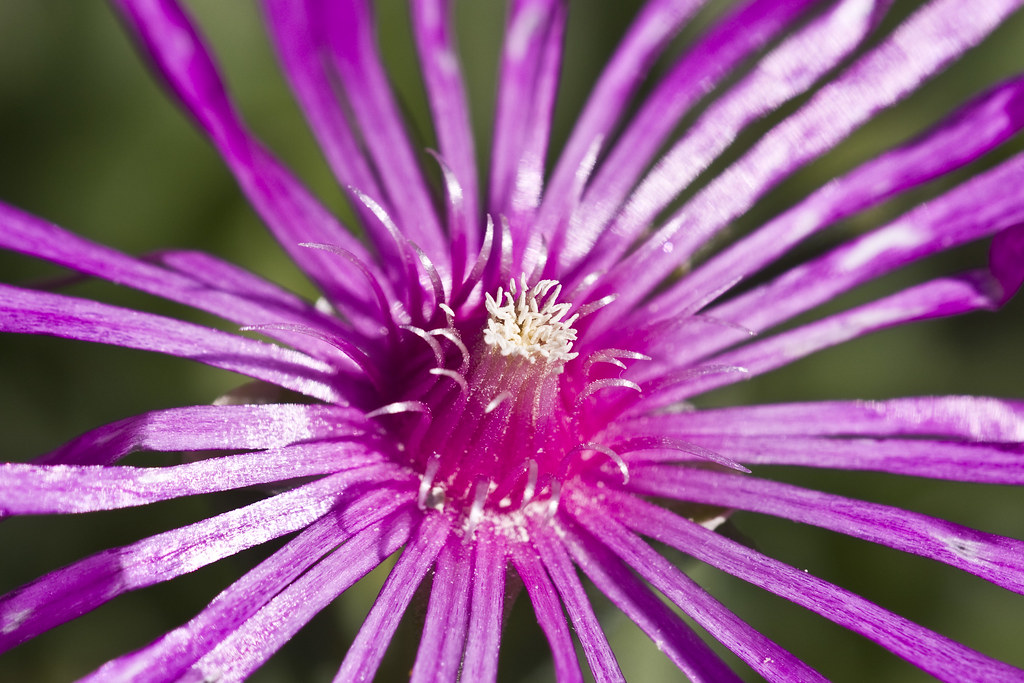
Mesembryanthemum (meaning "midday flowering") is a genus of plants native to southern Africa. Many species which were formerly placed herein have since been moved into other genera such as Carpobrotus Sceletium is sometimes included here. Fig marigold or Icicle plant is a name for any of several South African taxa of Mesembryanthemum which are cultivated as ornamental plants for their showy pink or white flowers. "Pebble plant" or "Ice plant" are other but rather ambiguous common names, usually referring to other Aizoaceae.
Hyla meridionalis

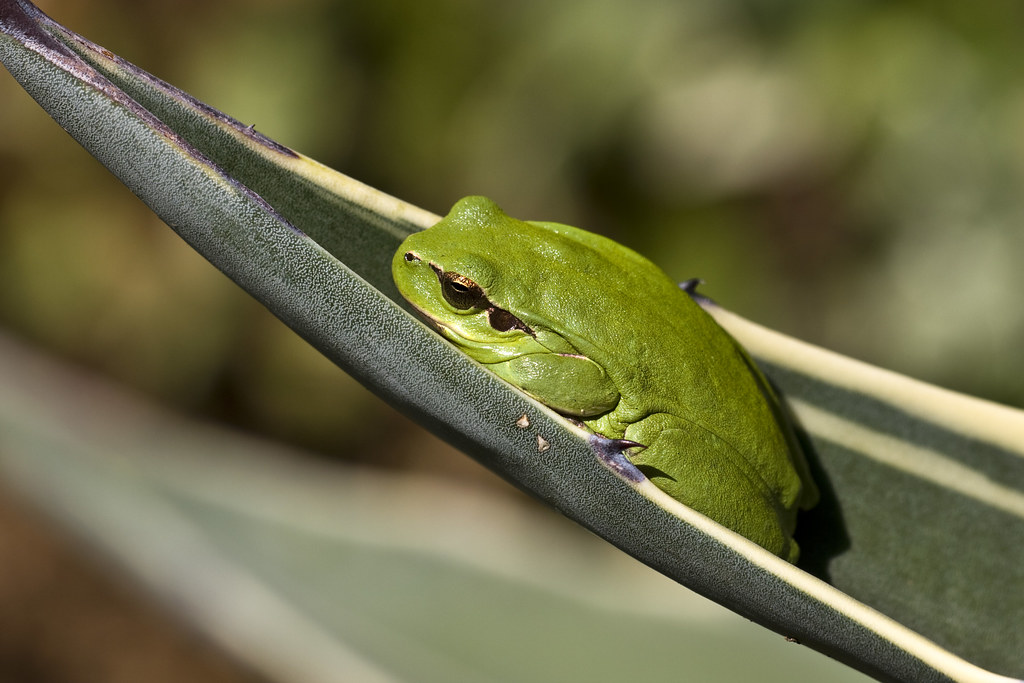
Hyla meridionalis (common names Mediterranean Tree Frog and Stripeless Tree Frog) is a species of frog. It resembles the common tree frog, but is larger (some females up to 65 millimetres (2.6 in)), has longer hindlegs, and the flank stripe only reaches to the front legs (often starting at the eyes, not at the nostrils). The croaking resembles that of the common tree frog, but it is deeper and slower.
Friday, December 4, 2009
Alpine Life
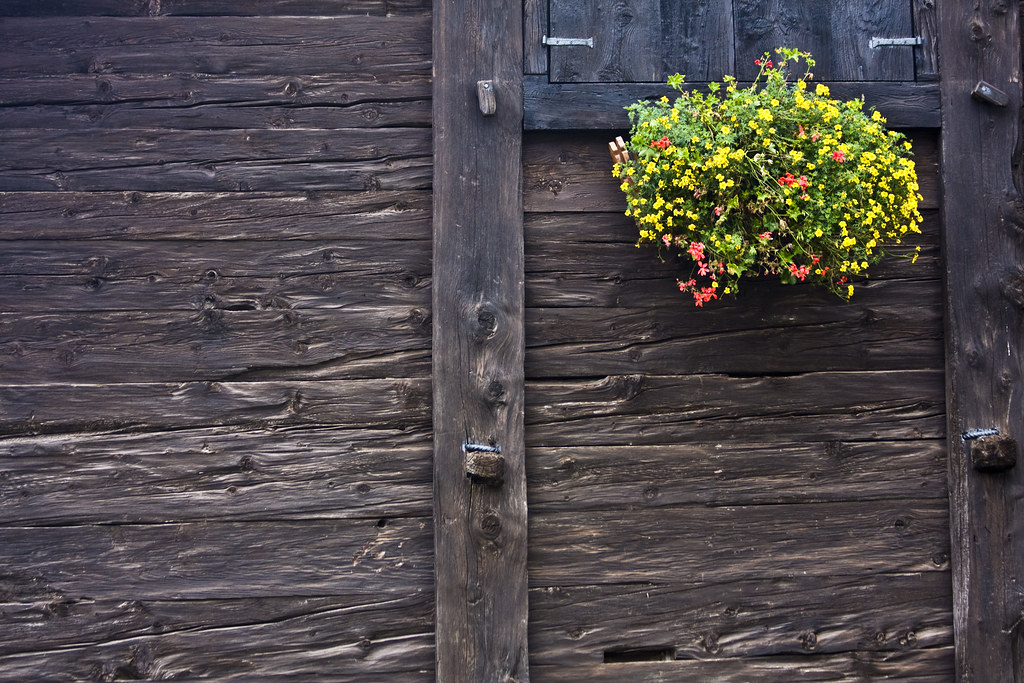

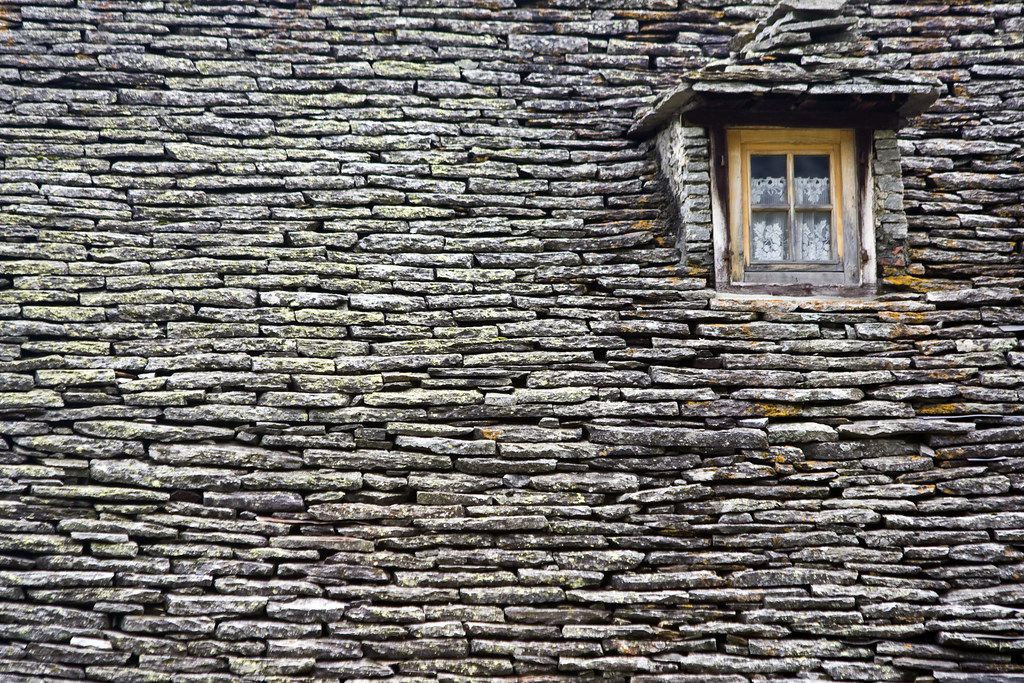
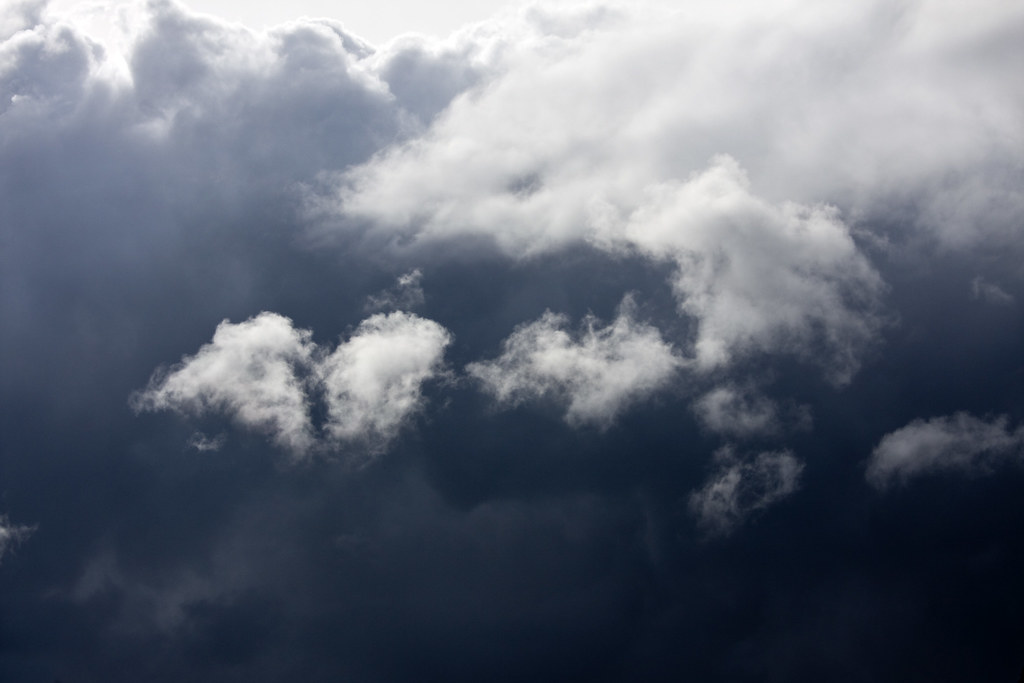
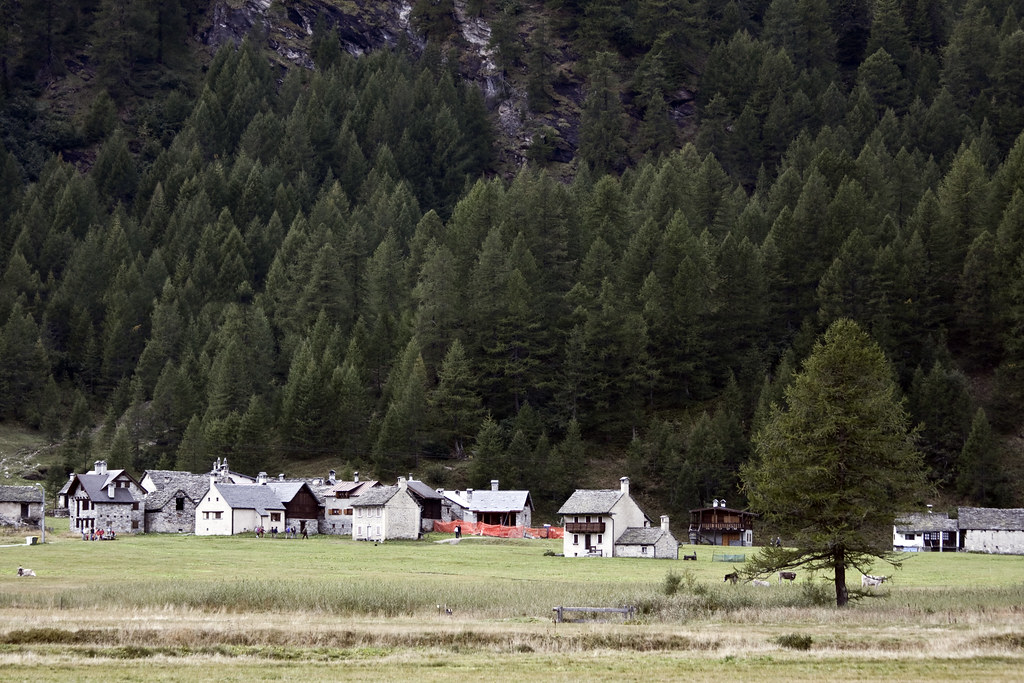
(from Wikipedia)
Baceno is a comune (municipality) in the Province of Verbano-Cusio-Ossola in the Italian region Piedmont, located about 140 km northeast of Turin and about 40 km northwest of Verbania, on the border with Switzerland. As of 31 December 2004, it had a population of 963 and an area of 68.6 km².
The municipality of Baceno contains the frazioni (subdivisions, mainly villages and hamlets) Alpe Devero, Croveo, Goglio, Rifugio Castiglioni E. all'Alpe Devero, and Rifugio Sesto Calende all'Alpe Devero.
Baceno borders the following municipalities: Binn (Switzerland), Crodo, Formazza, Grengiols (Switzerland), Premia, Varzo.
Thursday, December 3, 2009
Yellow
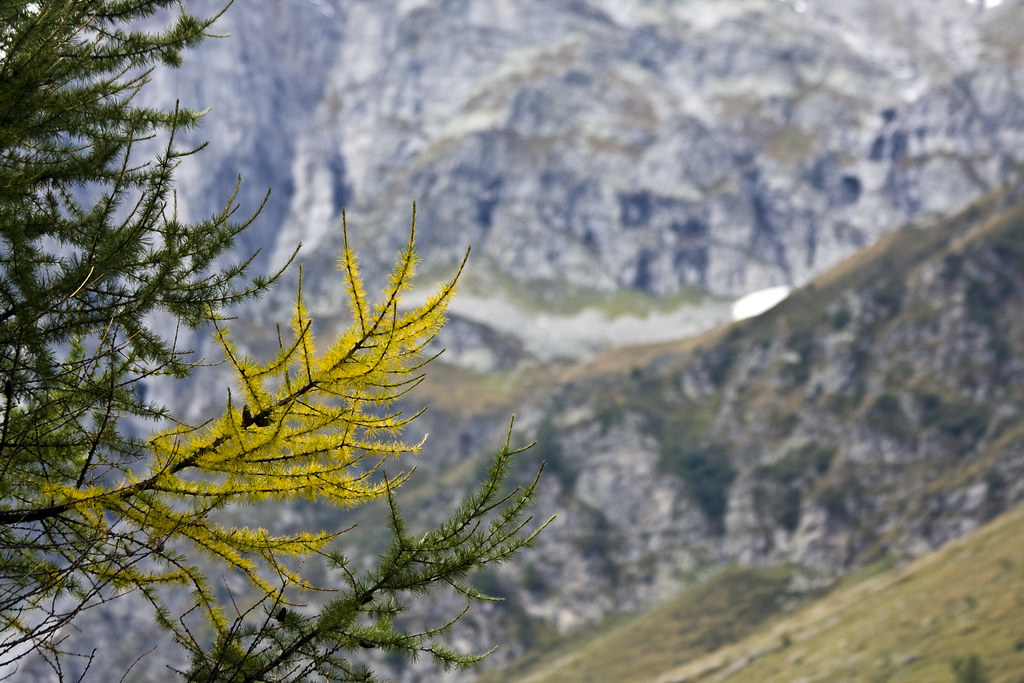
(from Wikipedia)
Larches are conifers in the genus Larix, in the family Pinaceae. They are native to much of the cooler temperate northern hemisphere, on lowlands in the far north, and high on mountainsplants in the immense boreal forests of RussiaCanada. further south. Larches are among the dominant and
They are deciduous trees, growing from 15-50 m tall. The shoots are dimorphic, with growth divided into long shoots typically 10-50 cm long and bearing several buds, and short shoots only 1-2 mm long with only a single bud. The leaves are needle-like, 2-5 cm long, slender (under 1 mm wide). They are borne singly, spirally arranged on the long shoots, and in dense clusters of 20-50 needles on the short shoots. The needles turn yellow and fall in the late autumn, leaving the trees leafless through the winter.
Larch cones are erect, small, 1-9 cm long, green or purple, ripening brown 5-8 months after pollination; in about half the species the bract scales are long and visible, and in the others, short and hidden between the seed scales. Those native to northern regions have small cones (1-3 cm) with short bracts, with more southerly species tending to have longer cones (3-9 cm), often with exserted bracts, with the longest cones and bracts produced by the southernmost species, in the Himalaya.
